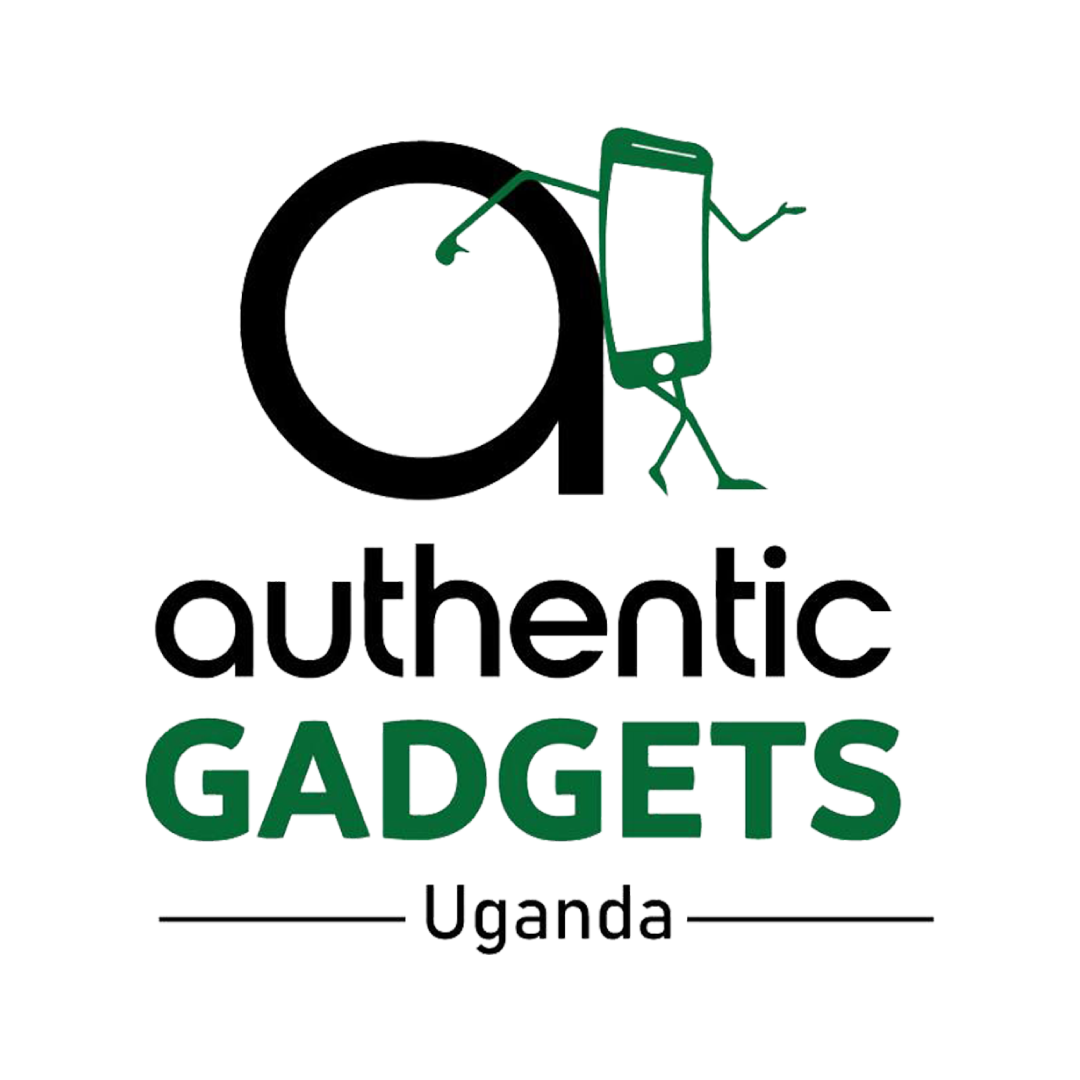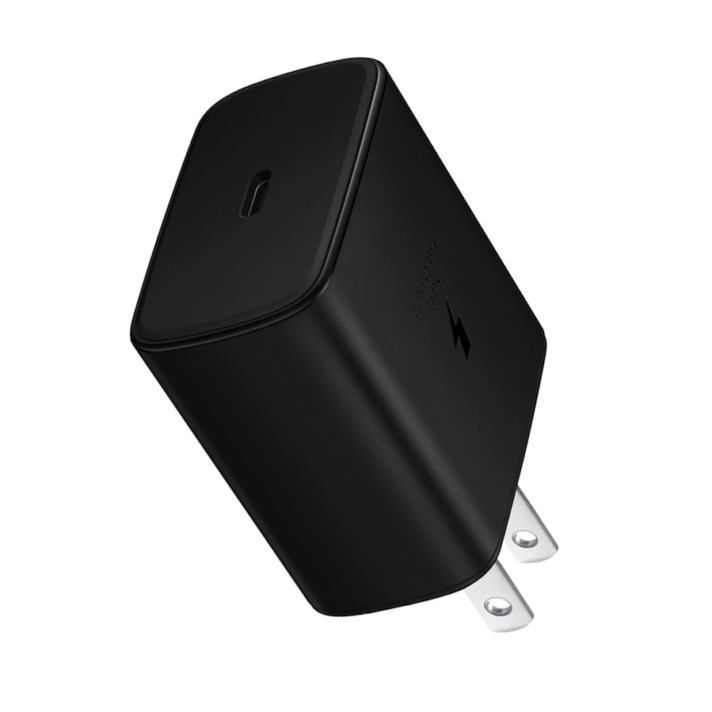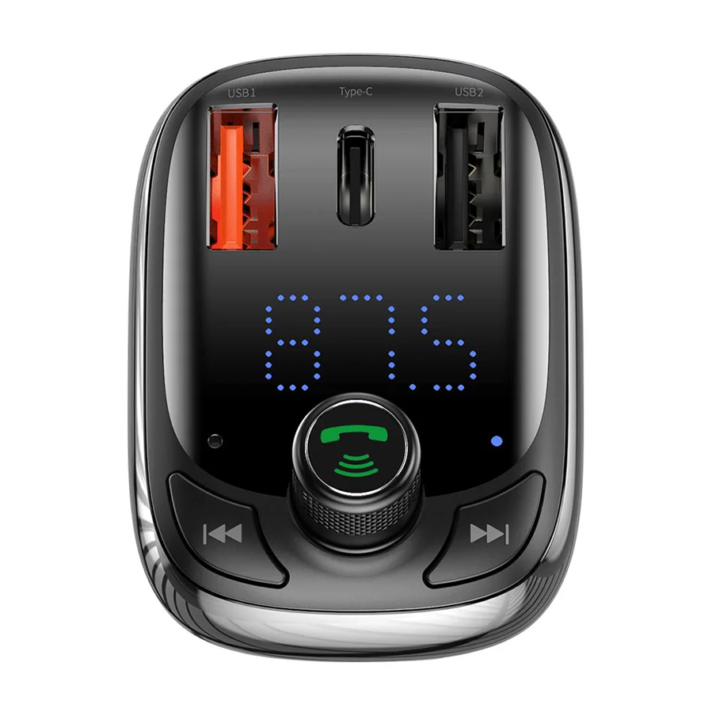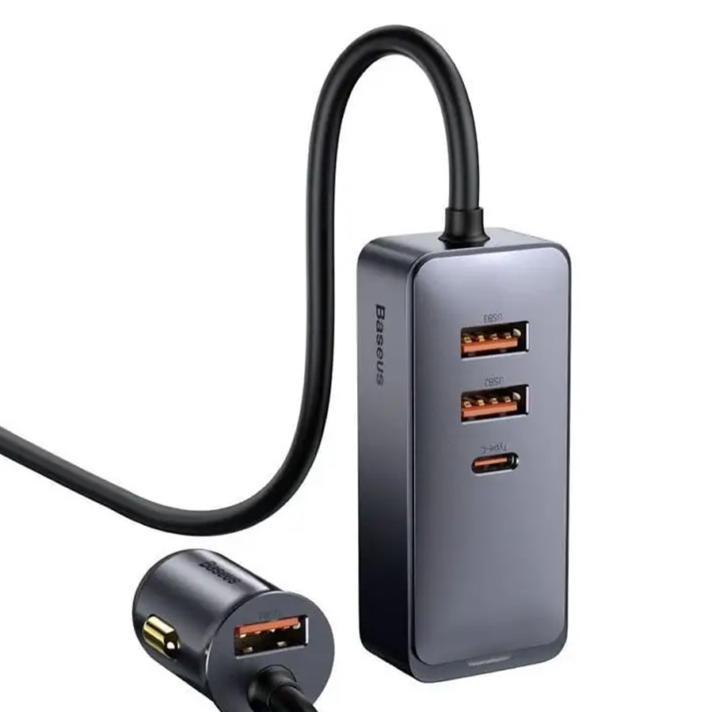Description
The MacBook USB-C cable is an essential accessory for modern MacBooks, providing charging, data transfer, and connectivity options via a USB-C (USB Type-C) connection. USB-C has become the standard port on Apple’s recent MacBook models due to its versatility and support for high-speed data transfer and charging capabilities. Here’s a detailed overview of the MacBook USB-C cable:
Key Features of MacBook USB-C Cables
1. Universal Connector
- Reversible Design: USB-C cables feature a reversible connector, meaning there is no wrong way to plug it in, making connections quicker and more straightforward.
- Uniform Port: USB-C has become a universal port, found not only on all modern MacBooks but also on a wide range of devices across different platforms, including smartphones, tablets, and other laptops.
2. Power Delivery (PD)
- Charging: MacBook USB-C cables support USB Power Delivery, which allows for fast charging capabilities. Depending on the MacBook model and the power adapter, it can support charging up to 100 watts or more.
- Adaptive Power: USB-C intelligently adjusts power delivery depending on the device’s needs, making it safe to use a higher wattage charger without damaging the device.
3. Data Transfer
- Speed: USB-C cables can support extremely high data transfer speeds. Depending on the specification (USB 3.1, USB 3.2, or Thunderbolt 3/4), data transfer rates can range from 10 Gbps (USB 3.1 Gen 2) to 40 Gbps (Thunderbolt 3/4).
- Versatility: These cables can also carry video and audio signals, supporting technologies such as DisplayPort and HDMI, which means you can connect your MacBook to external displays using the same cable used for charging and data transfer.
4. Build and Durability
- Quality: MacBook USB-C cables are generally well-built and designed to withstand normal wear and tear, though they are not immune to damage from repeated bending or pulling.
- Certification: It’s important to use Apple-certified or MFi (Made for iPhone/iPad) certified cables to ensure compatibility and safety. Non-certified cables can potentially cause damage to your device or have reduced functionality.
Considerations When Choosing a MacBook USB-C Cable
1. Cable Length
- USB-C cables for MacBooks come in various lengths. Shorter cables are typically around 1 meter (3.3 feet), suitable for close-range connectivity and travel. Longer cables can extend up to 2 meters (6.6 feet) or more, offering more flexibility and reach.
2. Cable Type
- Standard USB-C: These are the most common and are used for charging and standard data transfer.
- Thunderbolt 3/4 USB-C: These cables are designed specifically for high-speed data transfer and connecting to high-resolution displays or data devices. They are particularly useful for professionals who need the maximum data throughput, such as for video editing or large file transfers.
3. Compatibility
- Check the specifications of the cable to ensure it matches your needs and is compatible with your MacBook. For example, if you need a cable for a Thunderbolt 3 dock, ensure the cable is certified for Thunderbolt 3, not just USB-C.
Using MacBook USB-C Cables
- Charging: Connect one end to the MacBook and the other to a compatible power adapter.
- Data Transfer: Connect between your MacBook and other devices like external hard drives, docking stations, or other computers.
- Video/Audio Output: Connect your MacBook to external displays, projectors, or TVs for video output or to audio interfaces.
Maintenance Tips
- Avoid Tight Bending: To increase longevity, avoid bending the cable tightly or at sharp angles.
- Keep Dry and Clean: Ensure the connectors are dry and clean before plugging them in to avoid potential short circuits or corrosion.
- Regular Inspection: Periodically inspect the cable for any signs of wear or damage. Replace if necessary to avoid potential hazards or device damage.








Reviews
There are no reviews yet.